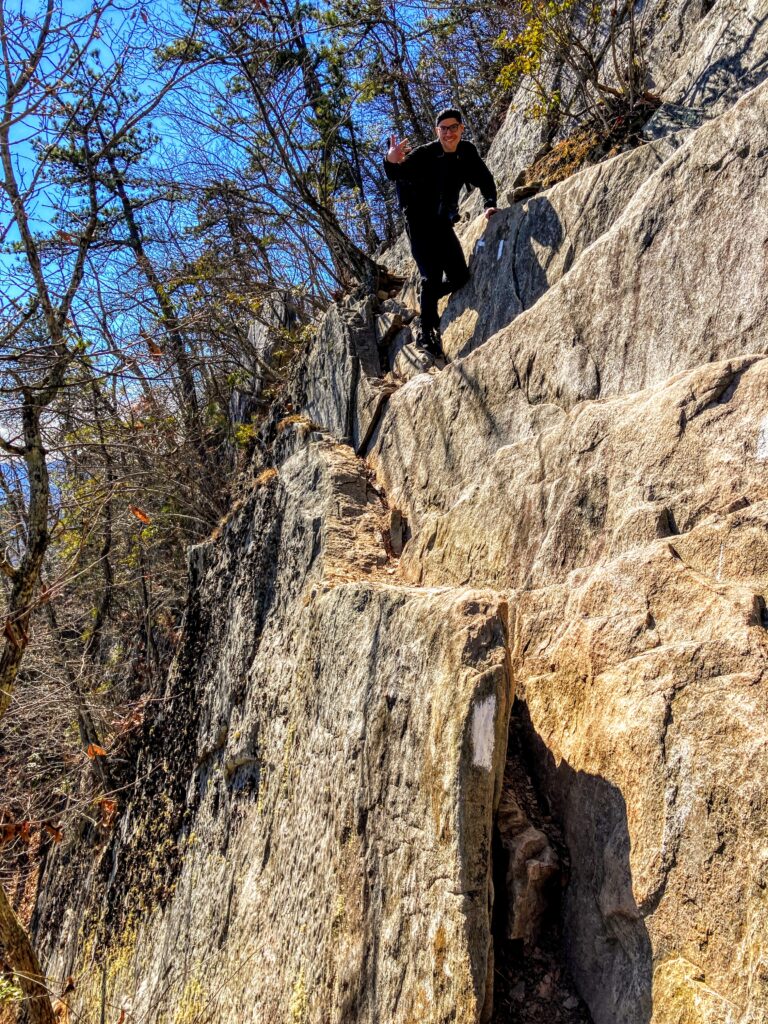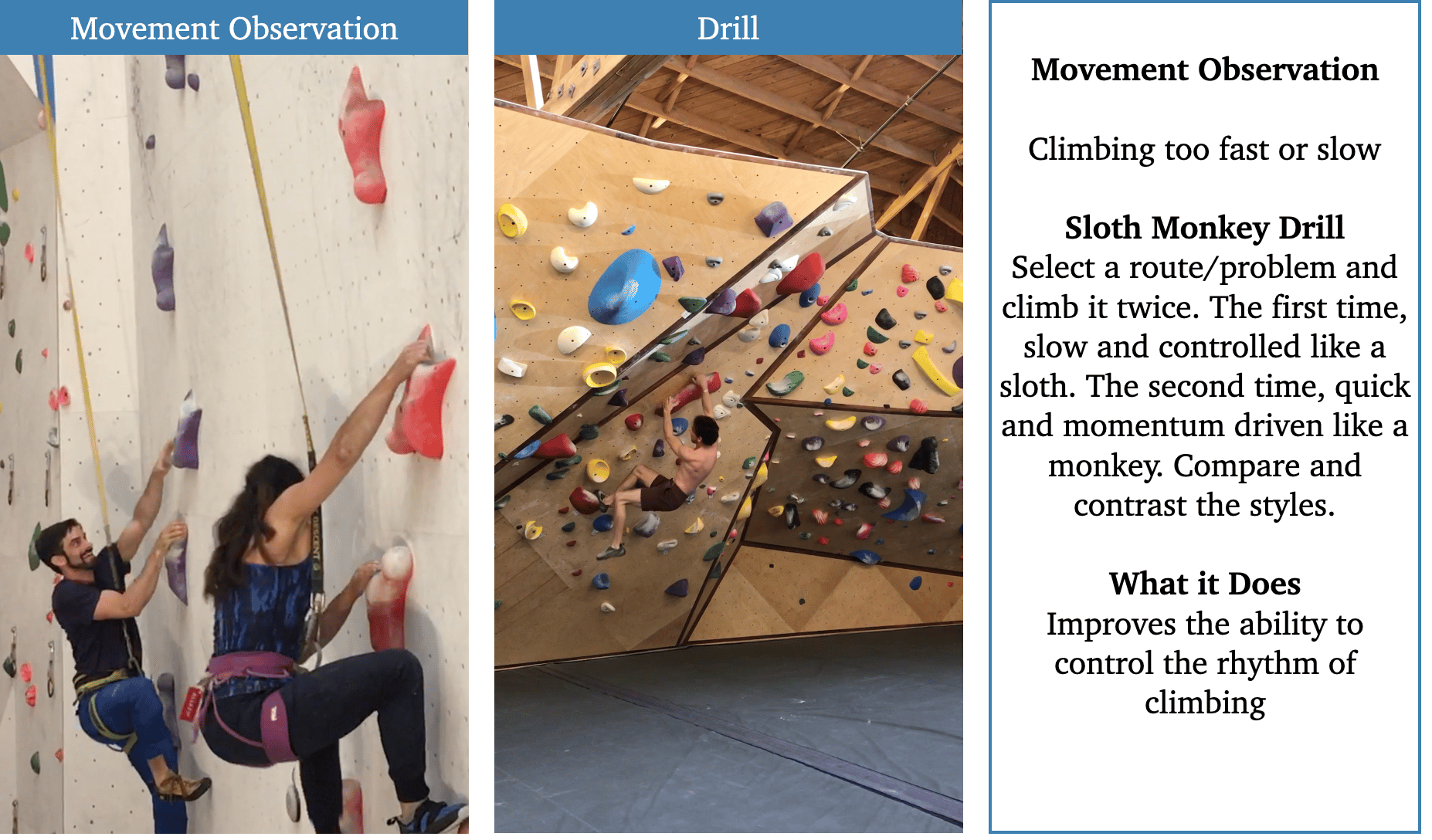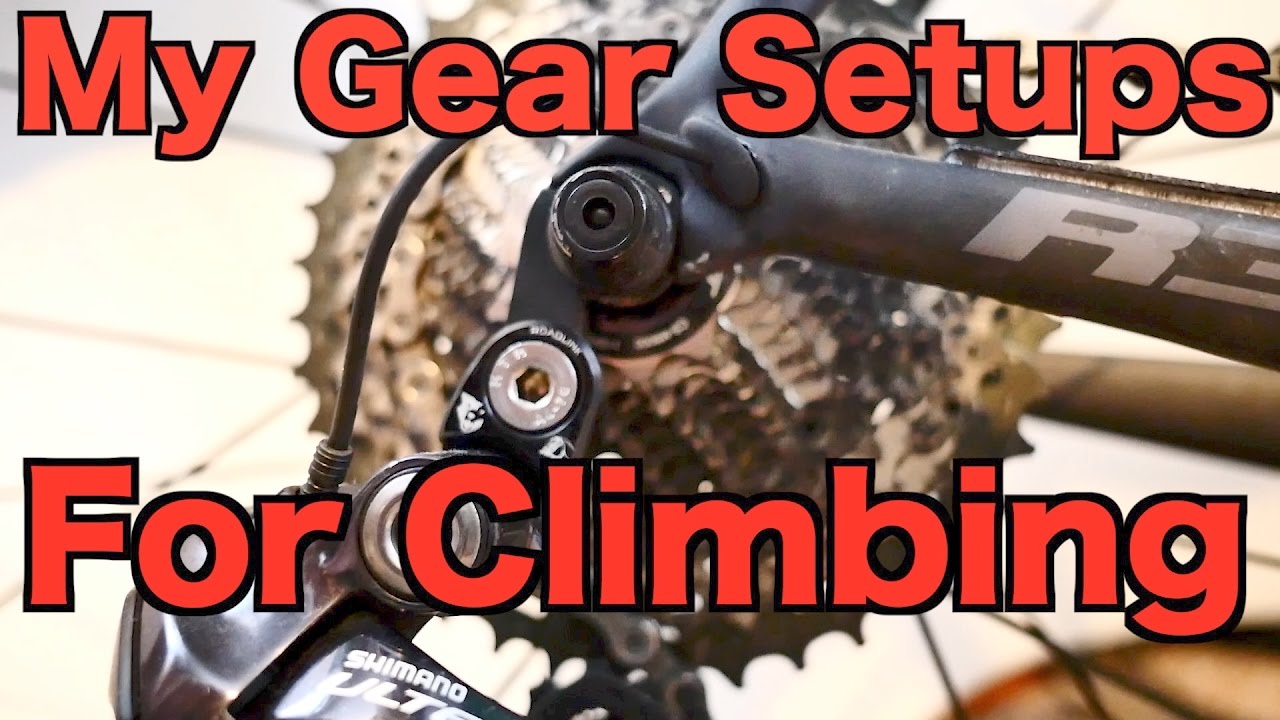🔥 Best MTB GEAR DEALS ON AMAZON
Why a 29er Mountain Bike?
Mountain biking is an exhilarating outdoor activity that offers a thrilling experience for nature enthusiasts and adrenaline seekers alike.
When it comes to choosing a mountain bike, there are various options available, including the popular 29er mountain bike.
In this article, we will explore the advantages and disadvantages of owning a 29er mountain bike, helping you make an informed decision before embarking on your off-road adventures.
Advantages of a 29er Mountain Bike
Improved Rolling Efficiency
One of the key advantages of a 29er mountain bike is its larger wheel size. With a wheel diameter of 29 inches, these bikes have greater contact with the ground, allowing for improved rolling efficiency. This means you can maintain momentum more easily, especially on rough terrain or when climbing steep hills, resulting in a smoother and faster ride.
- The larger wheel size of a 29er mountain bike allows for a larger contact patch with the ground, which increases traction and improves rolling efficiency.
- With improved rolling efficiency, you can maintain momentum more easily, even on challenging terrains, which translates to a smoother and faster ride.
- The larger wheels also help to reduce the impact of obstacles like rocks and roots, providing a more comfortable riding experience.
Enhanced Stability
The larger wheels of a 29er mountain bike provide increased stability and better traction. This is particularly beneficial when navigating challenging trails or negotiating obstacles such as rocks and roots. The enhanced stability allows riders to maintain control and confidence, reducing the risk of accidents and improving overall safety.
- The larger wheel size contributes to a longer wheelbase, which enhances stability by providing a larger contact area with the ground.
- The increased traction of a 29er mountain bike helps to keep the wheels firmly planted on the trail, allowing for better control, especially in technical sections.
- The enhanced stability of these bikes makes them a great choice for riders who are new to mountain biking or those who prefer a more confidence-inspiring ride.
Comfortable Ride
Due to their larger size, 29er mountain bikes often offer a more comfortable riding experience compared to their smaller counterparts. The increased wheel diameter helps to absorb shocks and vibrations, resulting in reduced fatigue during long rides. Additionally, the larger wheels provide better rollover capabilities, allowing you to smoothly transition over obstacles without jarring impacts.
- The larger wheels of a 29er mountain bike act as natural shock absorbers, smoothing out bumps and vibrations, which results in a more comfortable ride.
- The improved rollover capabilities of these bikes allow you to smoothly navigate over obstacles like rocks, roots, and small drops, without feeling the harsh impacts.
- The reduced fatigue during long rides, thanks to the improved comfort, enables riders to go the distance and enjoy their off-road adventures for longer periods of time.
Efficient on Rolling Terrain
If your local trails consist of rolling terrain with fewer technical features, a 29er mountain bike can be a perfect choice. The larger wheels maintain momentum and carry speed efficiently, making them ideal for covering ground quickly on smoother trails. This advantage can be particularly beneficial if you enjoy cross-country riding or participating in endurance races.
- The larger wheel size of a 29er mountain bike helps to carry speed more efficiently on rolling terrain, allowing you to cover ground quickly with less effort.
- The improved momentum retention of these bikes enables riders to maintain a faster average speed on smoother trails, making them ideal for cross-country riding or endurance races.
- The efficient performance on rolling terrain makes a 29er mountain bike a versatile option for riders who enjoy exploring a variety of trail types.
Optimized for Tall Riders
Another advantage of 29ers is that they are well-suited for taller riders. The larger frame size options available in 29er models ensure a more comfortable fit and better riding position, reducing strain on the back and allowing for a more efficient pedaling motion. If you are on the taller side, a 29er mountain bike might offer the perfect fit for your adventures.
- The larger frame sizes offered by 29er mountain bikes cater to the needs of taller riders, providing a more comfortable fit and allowing for the correct riding position.
- The improved fit reduces strain on the back and neck, promoting a more ergonomic riding posture, which enhances comfort and efficiency.
- Taller riders can benefit from the optimized geometry of 29ers, as it allows them to generate more power and achieve a more efficient pedaling motion.
Disadvantages of a 29er Mountain Bike
Heavier Weight
One of the trade-offs for the advantages provided by larger wheels is the increased weight of 29er mountain bikes. The larger frames, longer forks, and larger wheels contribute to a heavier overall bike. This additional weight can impact maneuverability, making quick turns and tight corners more challenging. However, advancements in bike technology have resulted in lighter 29er models, minimizing this disadvantage to some extent.
- The larger size of 29er mountain bikes, including the frames, forks, and wheels, adds to their overall weight, which can make them feel less nimble and responsive.
- The increased weight may impact maneuverability, especially when it comes to quick turns and tight corners, requiring more effort from the rider.
- However, advancements in bike technology, such as the use of lightweight materials and innovative designs, have led to the development of lighter 29er models, reducing the impact of the weight disadvantage.
Slower Acceleration
The larger wheels of a 29er mountain bike require more effort to accelerate compared to smaller wheel sizes. This can be a disadvantage in situations where quick bursts of speed are necessary or during technical climbs that demand rapid acceleration. However, once the bike is up to speed, the rolling efficiency helps to maintain momentum.
- The larger wheel size increases rotational inertia, which means more effort is required to get the bike up to speed from a standstill.
- This slower acceleration can be a disadvantage in situations that require quick bursts of speed, such as sprinting or tackling short, steep climbs.
- However, once the 29er mountain bike is up to speed, the improved rolling efficiency helps to maintain momentum, allowing for a smoother and more consistent ride.
Limited Maneuverability
Due to their larger wheelbase and longer frames, 29er mountain bikes may be less maneuverable in tight and twisty trails compared to bikes with smaller wheel sizes. Negotiating tight switchbacks or navigating through dense forests may require more effort and skill. Riders who prefer a more agile and nimble ride may find a 29er less suitable for their riding style.
- The larger wheelbase and longer frames of 29er mountain bikes can make them feel less agile and responsive in tight and technical trail sections.
- Navigating tight switchbacks or maneuvering through dense forests may require more effort and skill, as the larger size of the bike can limit maneuverability.
- Riders who prioritize maneuverability and enjoy a more nimble ride may find that bikes with smaller wheel sizes are better suited to their riding style.
Availability of Frame Sizes
While 29er mountain bikes are typically suitable for taller riders, they may not offer as many frame size options for shorter riders. Finding a 29er mountain bike that provides a perfect fit for individuals with shorter inseams or smaller body frames can be more challenging. However, many bike manufacturers now offer a wider range of sizes to cater to riders of all heights.
- 29er mountain bikes are generally designed with taller riders in mind, which means they may not have as many frame size options available for shorter individuals.
- Riders with shorter inseams or smaller body frames may find it more challenging to find a 29er that offers a perfect fit, as the larger sizes dominate the market.
- However, there is a growing trend among bike manufacturers to offer a wider range of frame sizes, ensuring that riders of all heights can find a suitable 29er mountain bike.
Compatibility with Older Parts
If you already own a collection of bike parts or components from older models, it’s important to consider compatibility when transitioning to a 29er mountain bike. Some older parts may not be compatible with the specific requirements of a 29er, potentially adding additional costs if upgrades or replacements are necessary.
- Transitioning to a 29er mountain bike from a bike with smaller wheels may require upgrading or replacing certain parts to ensure compatibility.
- Older parts, especially those designed for smaller wheel sizes, may not be suitable for use on a 29er, which could result in additional costs for the rider.
- It’s important to consider the compatibility of your existing components and budget for potential upgrades or replacements when making the switch to a 29er mountain bike.
In conclusion, owning a 29er mountain bike offers several advantages such as improved rolling efficiency, enhanced stability, and a comfortable ride. These bikes excel on rolling terrain and are well-suited for taller riders. However, they come with a few disadvantages, including a heavier weight, slower acceleration, and limited maneuverability in tight trails. Consider your riding style, terrain preferences, and body proportions when deciding if a 29er mountain bike is the right choice for you. Remember, the ultimate aim is to find a mountain bike that suits your individual needs and provides an enjoyable and exhilarating experience on the trails.
FAQ
Q: What are the advantages of a 29er mountain bike?
A: The advantages of a 29er mountain bike include improved rolling efficiency, enhanced stability, a comfortable ride, and efficient performance on rolling terrain.
Q: How does a 29er mountain bike improve rolling efficiency?
A: The larger wheel size of a 29er mountain bike allows for a larger contact patch with the ground, increasing traction and improving rolling efficiency.
Q: Are 29er mountain bikes suitable for taller riders?
A: Yes, 29er mountain bikes are optimized for tall riders. The larger frame sizes offered by 29ers provide a more comfortable fit and better riding position for taller individuals.
Q: What are the disadvantages of a 29er mountain bike?
A: The disadvantages of a 29er mountain bike include heavier weight, slower acceleration, limited maneuverability in tight trails, and potential compatibility issues with older bike parts.



